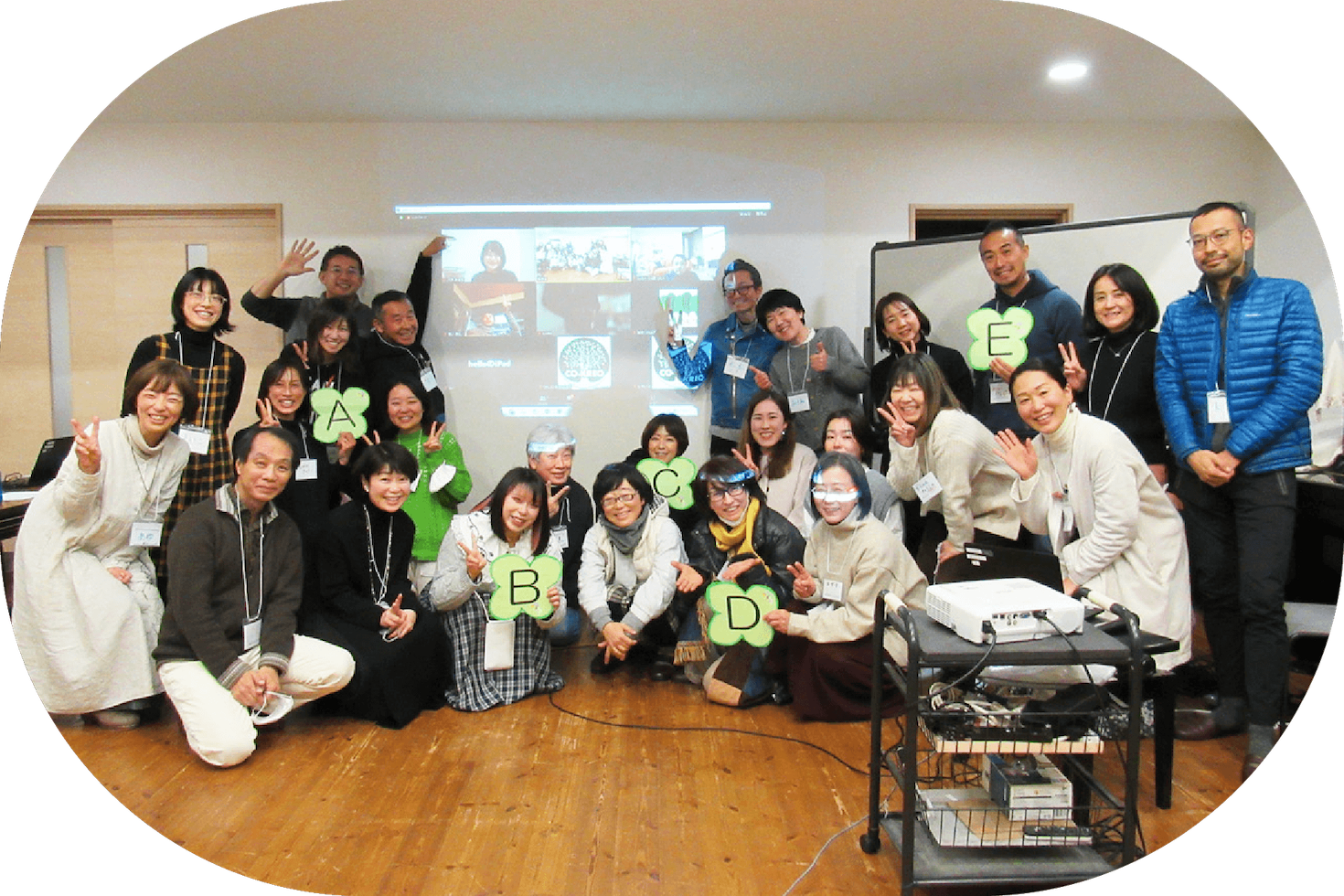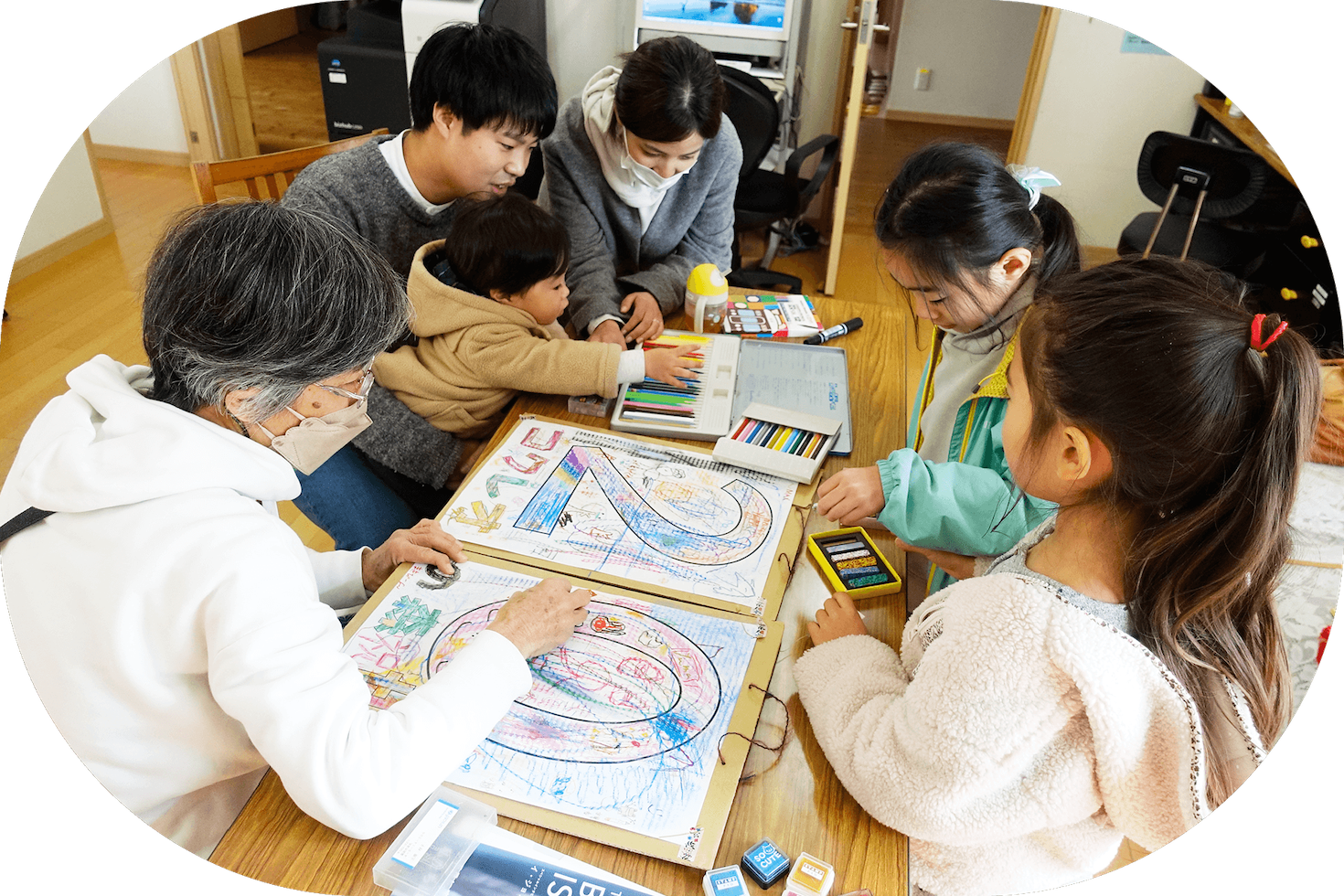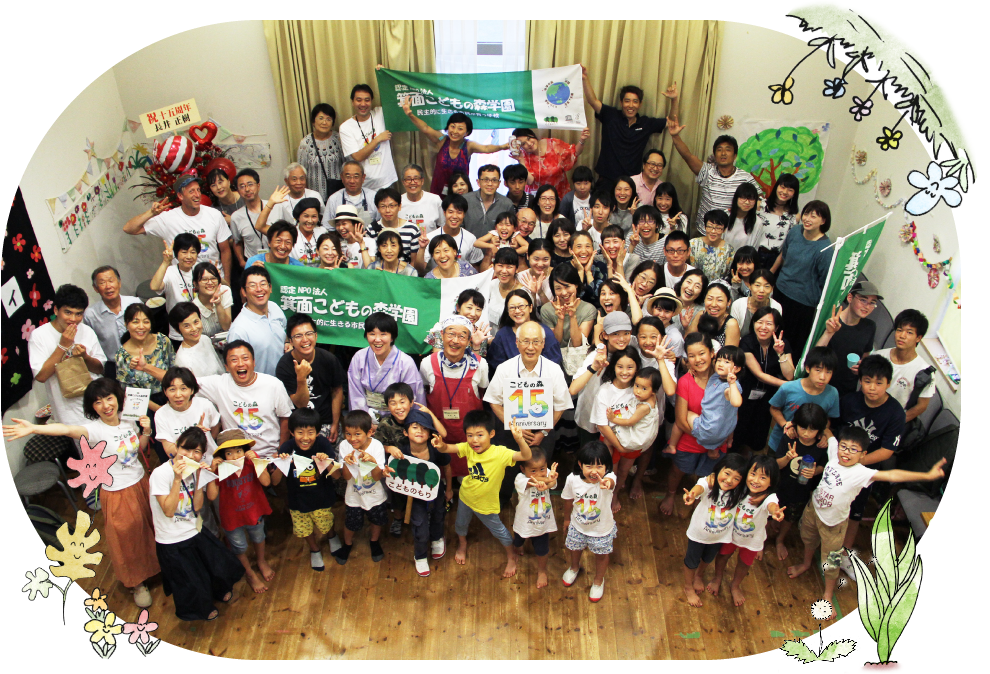
Minoh Kodomonomori Gakuen(Minoh Children's Forest School)
-

Minoh Kodomonomori Gakuen(Minoh Children’s Forest School)was established in 2004 by a non-profit organization consisting of parents, teachers and citizens. It was the first alternative school in the Northern Osaka area. It is located in Minoh city, which is renowned as a beautiful natural sightseeing spot.

-

The central philosophy of Minoh Kodomonomori Gakuen is based on the premise that every child has the will to learn voluntarily and is able to learn by oneself when the appropriate environment and support are given. We think the most important role of the teacher is not to teach useful knowledge and techniques that will be required in the future, but to promote the process of autonomous growth in each child.
Célestin Freinet* said as follows.
“The most important role of the teacher is to help children achieve a positive attitude toward work, including feelings of power and satisfaction.”
*Célestin Freinet was a French pedagogue who advocated a pedagogy based on the interests-complex of children.
For a decade, we have explored alternative educational practices that are based on children’s own interest for learning and have respected their individuality and potential, differing from traditional teacher-centred education. Kodomonomori has no chime, no homework, nor tests. Its learning programs are designed around each child, and children learn by a plan made by themselves.

-

In order to encourage and support children’s learning, we must make an effort to raise a sense of respect, autonomy, cooperation and so on. Then we can expect children to develop their competence to the maximum.
Based on this point of view, we advocate the following aims that children ought to achieve through school life.
1)Respect others and oneself
2)Learn autonomously
3)Cooperate with others
4)Challenge oneself to become better
-

We consider that originally, learning ought to be based on children’s curiosity to know or eagerness to do. From this point of view, we introduce 4 types of working styles; Basic Subjects, Themed Study, Selective Subjects and Project (Fig-2).
Basic Subjects are carried out through both self-directed learning and group-oriented learning (Fig-3).
Themed Study and Selective Subjects are group-oriented learning. On the other hand, Project is carried out by children themselves with staff support.
-

Basic Subjects are Japanese language and mathematics. In the Japanese language class, children learn how to read, write, listen and speak, in order to communicate with other people and to think by means of words. In addition, in a group, they learn methods of composition through texts chosen from among compositions they have written themselves. In mathematics, they learn to manipulate numbers and quantities, in order to understand the logic of mathematics and to use this knowledge in everyday life.

-

Themed study is designed so that children can learn and practice on themes such as life, living, society, nature and science. Children can inquire after their own theme which is a part of the main theme above. At the end of the study, they write a summary or report, and make an oral presentation. These studies are closely related to the key themes of ESD (Education for Sustainable Development).

-

In Project, children can do what they want to do by their own plan, for example, painting, needlework, handicraft, cooking, researching, etc. This work reinforces children’s ability of making plans and applying the knowledge and skills they have learned.

-

Selective Subjects are physical exercise, nature observation, social science, scientific experiments, music, English, etc. These are presented by teaching staff, and children can select among them via registration.

-

In the whole school meeting, children and staff discuss important issues such as rules and events in a democratic manner. The meeting is proceeded by the children who take the roles of chairman and recorder. We don’t employ a rule of majority decision making, but we discuss until we find a resolution with no objection.

-

We opened a secondary school in cooperation with parents and staff in order to create a place where children can learn and practice a democratic and sustainable way of living.
The goal of the secondary school is: To Design Learning and Living.
The process of developing children’s competence is shown in fig-4. In the secondary school period, it is important to achieve such aims; thinking from various angles and self-expression.
-

Established 2004 Type Primary and Secondary School Location Minoh City, Osaka Pref., Japan Staff approx 8 teaching, 5 support Students approx 30 students Ages 6-12 (Primary) , 13-15 (Secondary) Class Low Ages (6-9), High Ages (10-12), Secondary Language Japanese, English (partially) -

We offer short-term experience programs for international students between the ages of 6 and 15. You can choose the term from two weeks to a month.
※Programs at the school is almost conducted in Japanese. -

If you are interested in our school, please check our Video Library.
If you want to know further information, please feel free to contact us at the email address below.
Minoh Kodomonomori Gakuen
( Minoh Children’s Forest School)
6-15-31, Onohara-nishi, Minoh city,
Osaka Pref., 532-0032 Japan
Phone : +81(0) 72 735 7676
E-mail : info@cokreono-mori.comVideo Library





